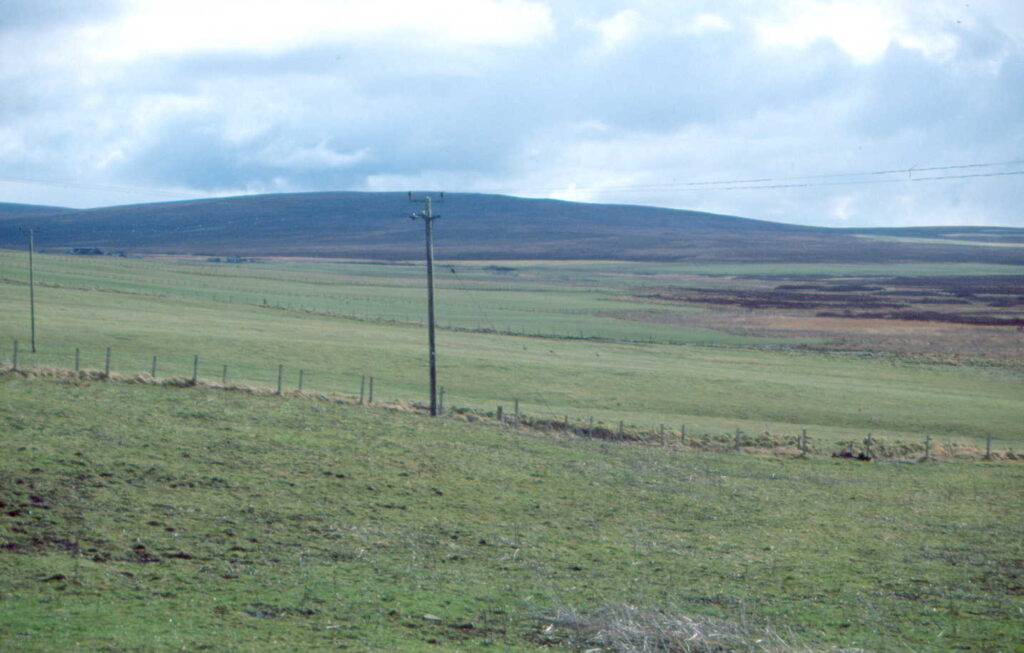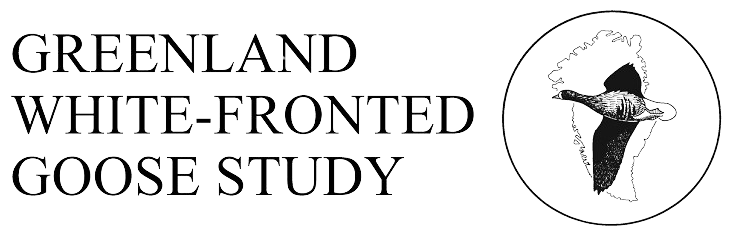
Status
Regional importance (new since R&O). Apparently has shown a dramatic increase from c.40 birds in the early 1980s to over 100 in the early 1990s, this change mirrors the decline in the Tankerness flock which suggests interchange between the two units. In recent years, the flock has become very elusive, and the fluctuations in the annual count suggest hitherto unlocated alternative feeding areas in the vicinity. In very recent years, they have fed rather more in the Hundland and Swannay areas further east of their former range. The flocks seems more and more to fragment into smaller groups that scatter over a very wide area of potential feeding sites, making monitoring of the overall abundance and assessment of the relative importance of feeding areas difficult. Many of the early records referring to Birsay (site unspecified) probably refer to the Loons area. In some years larger numbers in October and April than are present throughout the winter would suggest that migrating flocks stage in this area and temporarily swell local wintering numbers. There may well have been exchange between this flock and the Holm site, since on 18 March 1983, 46 geese were watched arriving at the Loons from the south-east, flying very high. Since 2000, numbers have been remarkably stable at just over 100 individuals, representing a slight decline from the peak of 166 in 1995.
Maximum winter counts:
Breeding success: Small flock size and few data.
Feeding sites and habitat: The geese use a variety of habitats, including bogland with open water, rough pasture and reseeded grassland as well as denser marshland vegetation in the Loons area. Agricultural change and drainage is not considered a problem in the area in recent years. This flock seems to exploit a number of feeding sites in north-west Orkney, which has made accurate census difficult, not least because the flock may divide into several smaller groups and feed in different areas. The key areas seem to be improved pasture, inundated wet fields and a small raised area of transitional mire habitat surrounded by bog and open water at the Loons (HY2524) and nearby Tufta, which forms the core of the range of this flock. The edges of Loch of Sabiston (HY288223) and improved pasture nearby are also grazed. There does seem to be regular movement between the Loons, Loch of Ibister (HY2523 and HY2524) and a bog area at the head of Loch of Swannay (HY3126), and the area around Dounby, Eastabist and Click Mill (HY3122-HY3223) seems to be used much in the spring. Less frequently used are areas around Ivrigar (HY3524).
Roosting sites: Not known, but assumed to be open water areas associated with the Loons or Loch of Ibister.
Habitat change: Over the last 100-120 years, there have been many minor attempts to drain the Loons, but most have been unsuccessful, and since the site now protected as an RSPB reserve there is little prospect of adverse change at the site at present. Around Loch of Sabiston, there has been general and gradual reclamation of semi-natural habitats but it is not clear how these may impinge upon the geese in the area.
Aircraft disturbance: None known
Hunting disturbance: Some shooting occurs at Sabiston, but hunting elsewhere is not considered an important source of disturbance.
Agricultural disturbance: Very little at the sites used by the flock.
Site safeguards or disturbance refuge: Areas used by the geese lie within the Loch of Isbister and the Loons SSSI and RSPB reserve.
SNH Natural Heritage Zones/Area: Orkney and Northern Caithness
Threats: None known
Linkages with other sites: A leg ringed and collared bird 4XC was ringed in November 1990 at Wexford where it wintered 1990/91-1994/95 inclusive. It was subsequently found long dead in the Bay of Skaill, Sandwick on 20th February 1999, although not seen alive in the area beforehind.
